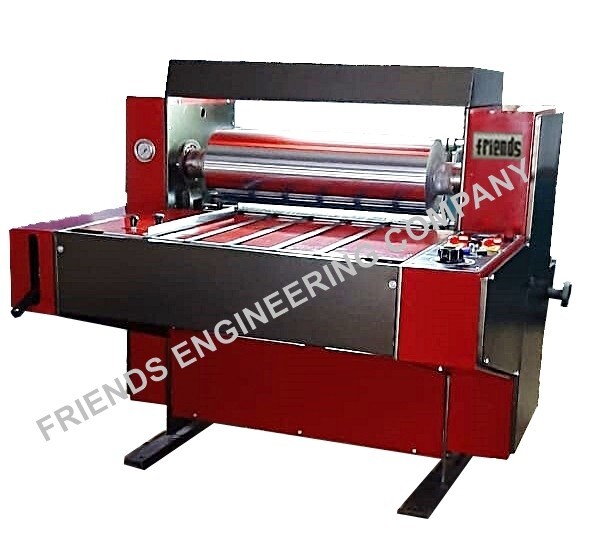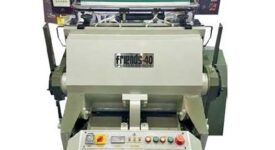Thermal lamination is a dependable and widely used technique in the document finishing industry for improving the look and longevity of different printed materials. This procedure imparts a protective layer to business cards and posters, adding a glossy or matte surface while fending off deterioration. Let’s explore the intriguing realm of thermal lamination and comprehend the principles that underlie its operation.
Recognizing the Effects of Thermal Lamination
Thermal lamination involves the application of a thin layer of plastic film to paper or cardstock using heat. The primary components include a laminating machine, thermal laminating film, and the document to be laminated. The thermal laminating film typically consists of multiple layers, such as a polyester base, an adhesive layer, and an outer protective layer.
How the Process Worked:
Preparation:
- Before the lamination process begins, the document is prepared by placing it between the layers of the thermal laminating film. The film is cut to the appropriate size, leaving a margin around the edges for sealing.
Feeding into the Laminating Machine:
- The document-film assembly is then carefully fed into the laminating machine. This machine consists of heated rollers that play a crucial role in the lamination process.
Heat Activation:
- As the document-film assembly moves through the laminating machine, the heat is applied by the heated rollers. The temperature of these rollers activates the adhesive layer in the laminating film, making it tacky.
Roller Pressure:
Simultaneously, pressure is exerted by the rollers onto the document-film assembly. This pressure ensures that the adhesive layer bonds securely with the document, creating a robust and lasting seal.
Cooling Stage:
- Following the heat and pressure application, the laminated document passes through a cooling section of the machine. This helps the adhesive layer to solidify and bond effectively with the document, resulting in a smooth and uniform finish.
Trimming:
- Once the lamination is complete, the laminated document may undergo a trimming process to remove any excess film and create clean, polished edges.
Advantages of Thermal Lamination:
Enhanced Durability:
- Thermal lamination provides a protective shield, making the document resistant to scratches, stains, and fading. This is particularly valuable for items like ID cards, business cards, and frequently handled documents.
Improved Appearance:
- The glossy or matte finish adds a professional touch to printed materials, enhancing their visual appeal. This is advantageous for marketing materials, presentations, and displays.
Water and UV Resistance:
- Laminated documents are less susceptible to damage from water and ultraviolet (UV) light. This makes thermal lamination an ideal choice for outdoor signage and materials that may be exposed to the elements.
Conclusion:
In the realm of document finishing, thermal lamination emerges as a powerful and versatile tool. By harnessing the principles of heat and pressure, this process transforms ordinary printed materials into durable, polished, and resilient creations. Whether it’s protecting valuable documents or elevating the aesthetics of promotional materials, thermal lamination continues to be a go-to solution for professionals seeking to make a lasting impression.



